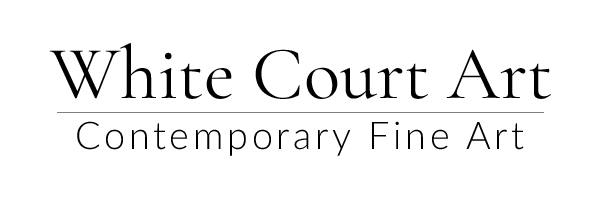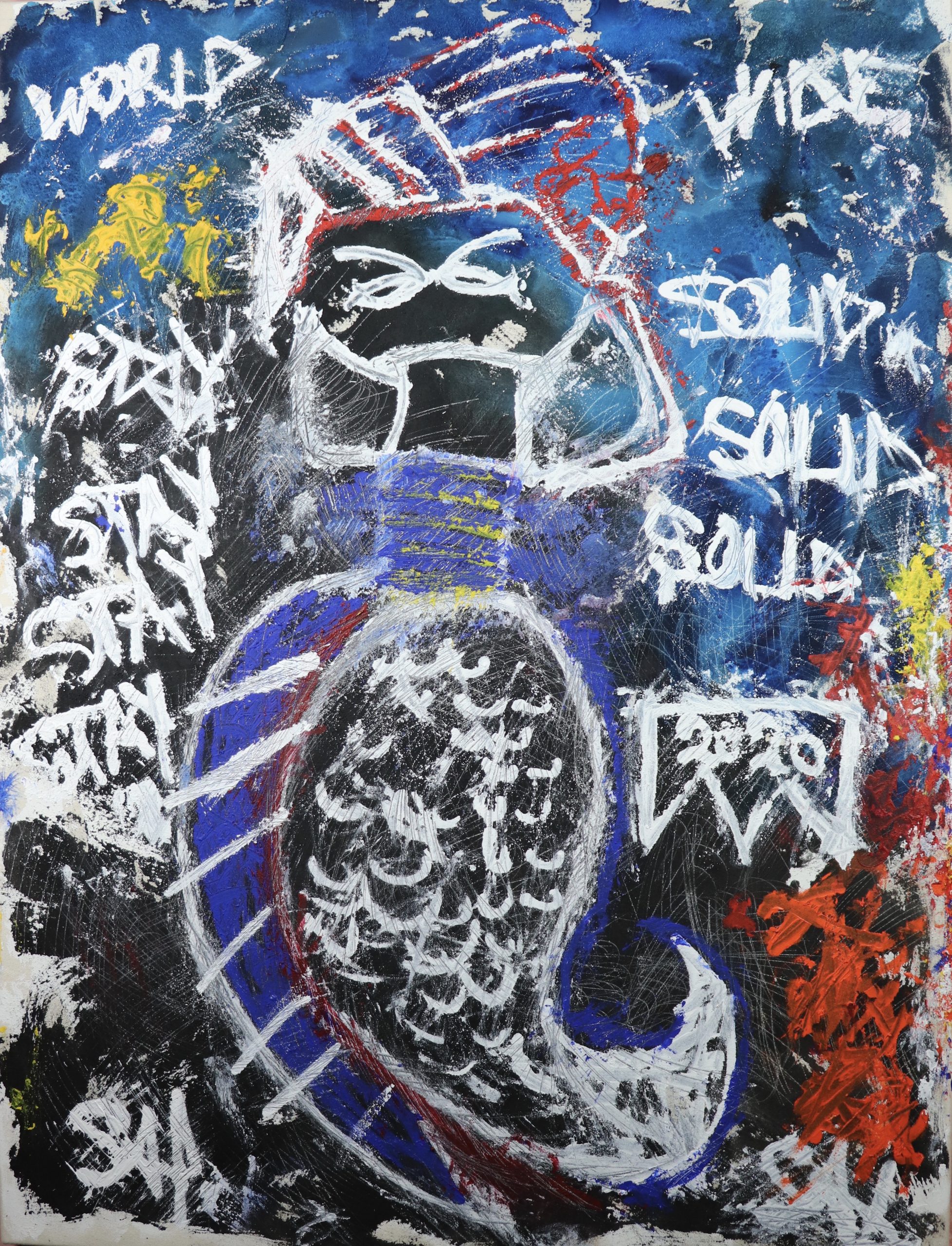Due to an unfortunate health hiccup I have been in lockdown for almost 2 years with just a couple of periods of a more relaxed time. This time has been one of enormous challenges and huge societal changes. We have invented new terminology; lockdown, shielding, taking the knee to cover our new shared experiences.
We watch and listen incessantly to news broadcasts hoping for succour or a way out of this period of turmoil and are fed soundbites and statistics. No comfort there and so we turn to trying to find it elsewhere. One of the obvious choices, for me at least is art. We are all afraid but art can help us to process fear, it has the power to transform. Art examines what makes us human. Poet Toni Morriston says that this is precisely the time when artists go to work. There is no time for despair, no place for self pity, no need for silence, no room for fear.
Art allows us to understand situations through emotions, it holds up mirrors to the human condition. In times of crisis art is familiar terrain. Art animates invisible and gives life to what we feel. During times of crisis artists become conduits, conveyors of emotions that reach beyond what can be read or watched. So in this strange period of our lives art informs our collective consciousness. It no longer only brings joy releasing the happy brain chemicals that we have come to expect but in juxtaposition art becomes social commentary. Art plays a role perhaps similar to religion, in that it helps us to understand concepts that are too big or abstract to comprehend.
During this global crisis we are able to put society under closer scrutiny. We have used our locked down lives to look at issues affecting and impacting us. We have been particularly keen to investigate social injustice, the deaths of disenfranchised people, the rule of law. Drilling down through the layers of political behaviour we have discovered cause for concern with our governance and despite restrictions on our liberty we have been able to vocalise these fears and inadequacies.
In the present art documents our past and enables an understanding of the present through hindsight. Today’s artists continue with this role and will inform future generations. A particularly relevant time in our history that we can use to help us rationalise the current situation was the Spanish Flu epidemic of 1918. Hard on the heels of the bloodiest conflagration humanity had ever seen, an estimated 500 million people caught the flu and 50 million died. For every US death in the Great War 12 died from flu. We can see how this pandemic affected us in some of the art dating from this period. Edvard Munch, self portrait after the Spanish Flu is a wrenchingly brutal painting and leaves no doubt about the impact of that pandemic.
Throughout art in living memory we are able to see what concerned people at the time. As an example look at Keith Haring’s Ignorance =Fear/Silence = Death which documents in paint the Aids crisis of the 1980s. Andy Warhol’s Last Supper series also reflects the response of people to uncertain and frightening times. Political behaviour and concerns about societal changes or concerns about the impact of circumstances can be seen in street art all over the world. So we can turn to Banksy and see his commentary on various topics; police brutality, the divided state of Israel or the threat of Big Brother. Sax Berlin is looking to increase our understanding of how we need to be as a society. He offers universal insight into our world and the concerns we all have. Art covers the wall dividing Mexico and the USA reflecting one of the biggest migrations in history. If we ĺook globally but locally at murals that cover walls all over the world it’s possible to see the details of the fears and aspirations of the local populace. Sometimes there’s a divide or rift caused by religion or an untimely death of a young person as a result of gang wars or drugs. Ryan Katz offered a simple platitude that brings meaning to everyone “Everything Will Be OK.” Austin Zucchini-Fowler’s Manga comic style images “Frontline Fighter “ and “Construction Hero” appeal to our global identity.
This art is reality and rationalisation for all that choose to see. Artists have absorbed their surroundings, they have read the walls and transformed the raw state of people; their hopes and fears, their hearts and minds, to create a lasting record for the generations that will follow. You may dismiss some issues and invest in others but we will continue to channel our lives and inform our minds with the offerings from artists all over the world.
We speak, we write, we do language. That is how civilizations heal.

